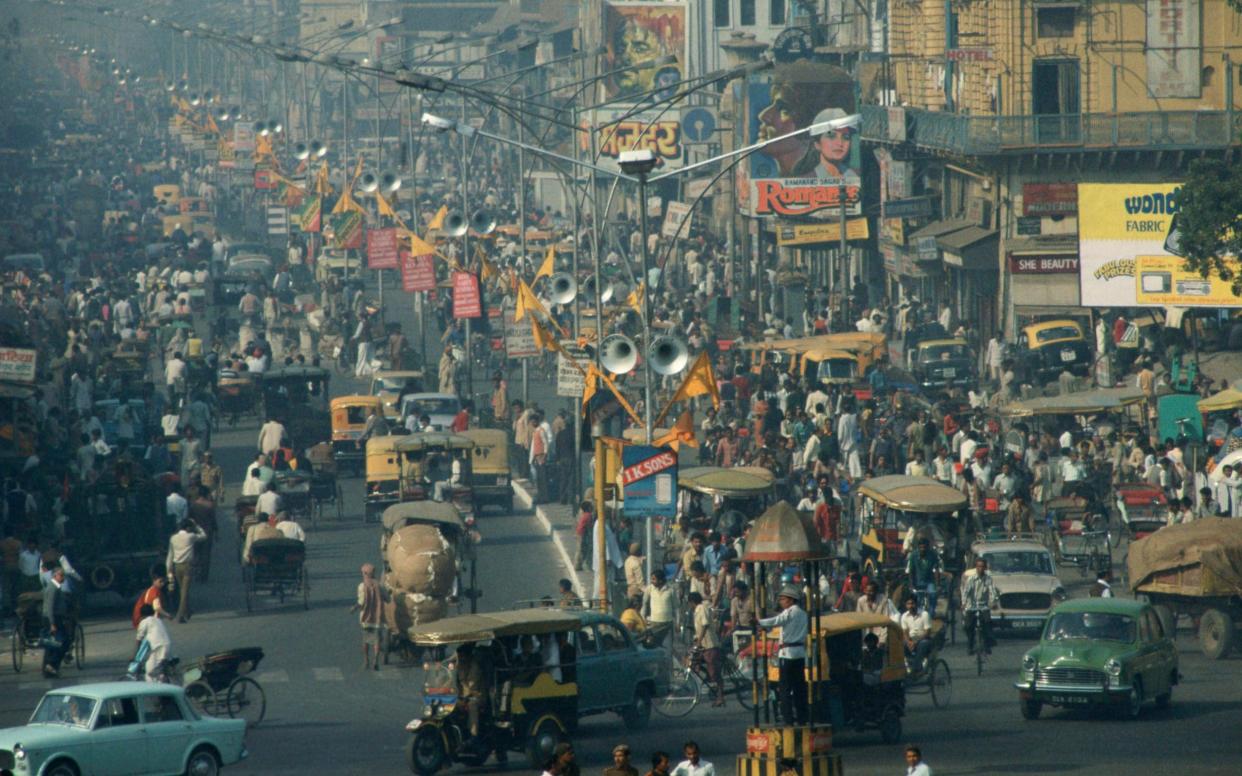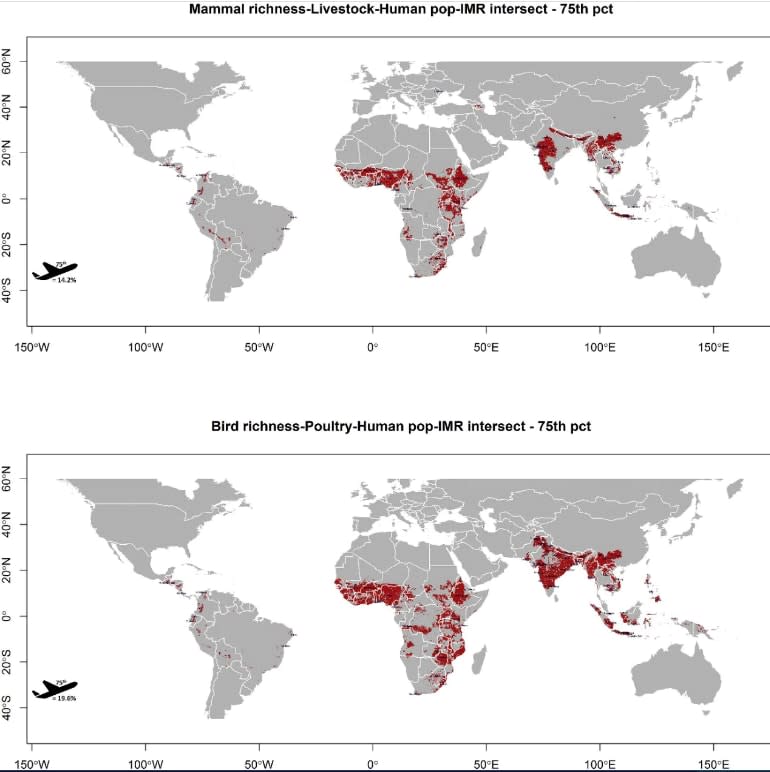The next pandemic: New diseases could spread undetected in some of world's most connected cities

New infectious diseases could spread undetected in up to 20 per cent of the world's most connected cities, which are “slap bang in the middle” of high risk spillover zones but lack the health infrastructure needed to contain dangerous new pathogens.
That's according to a study published in One Health journal, which further cements concerns that the globe has entered a “pandemic era” where large infectious disease outbreaks will become increasingly frequent.
Among the cities that are major international transport hubs, 40 per cent are within 50km of regions with rich biodiversity and the extensive mixing of animals and humans, researchers found - providing ample opportunities for infectious pathogens to spread to people.
Between 14 and 20 per cent of these metropolises also have a weak health infrastructure, suggesting that any disease that jumps from birds or mammals to humans could have space to spread unnoticed.
The paper - the first to map where poor health systems and international travel hubs overlap with high rates of human-animal mixing - put much of Sub Saharan Africa and Southeast Asia in the high risk “alert level red” category.

There is also a threat that cities in the Indian subcontinent and southern China could be a “conduit for seeding future pandemics,” the researchers told the Telegraph.
They warned that a new virus or bacteria, such as Sars-Cov-2, could spread rapidly across the globe from a seemingly isolated region.
“We think about spillover events happening in some remote jungle or maybe some sort of market that has an interface between wildlife and people,” said Dr Siobhan Mor, an infectious disease epidemiologist at the University of Liverpool.
“But in reality this is happening in pretty close proximity to major air hubs, meaning they're really well connected to other parts of the world.”
Dr Michael Walsh, an infectious disease epidemiologist at Sydney School of Public Health, added that spillover events are “happening more often that we realise”.
Covid-19 is a “wake up call” to better invest in health infrastructure and airport biosecurity to minimise future risks, he said, while prioritising sustainable development to reduce the human encroachment on highly biodiverse areas where dangerous pathogens may lurk.
“Are global pandemics once in 100 year events? No way,” Dr Walsh said. “These are going to be happening more frequently, certainly. Avian influenza in particular is a concern. Big shift events in influenza pandemics happen every couple of decades or so and we’re due for one any minute.”
In the paper, titled “Whence the next pandemic?”, Wuhan fell into an orange risk zone, but neighbouring south west China is marked red (see map below).

While it was in Wuhan, home to some 11 million people, that Sars-Cov-2 was first detected, many virus hunters suspect the coronavirus originated in bat caves in Yunnan province or over the border, in northern Vietnam or Laos.
Over the last few weeks China has ramped up efforts to push the latter narrative. Chinese scientists have submitted a paper to the Lancet, which is yet to be peer-reviewed, claiming that “Wuhan is not the place where human-to-human Sars-CoV-2 transmission first happened”.
In an attempt to trace the origins of the outbreak, the World Health Organization last week unveiled a team of 10 scientists to take part in an international investigation. Dr Mike Ryan, head of the WHO emergencies programme, has insisted that the team will travel to Wuhan “as soon as possible”.
“We need to start where we found the first cases - and that is in Wuhan in China - and then we need to follow the evidence after that wherever that leads,” he said last week.
Dr Peter Daszak, a renowned ecologist and member of the WHO panel, said the latest paper “lacks the rigor of tying back to real data on novel emerging diseases” but still makes a key point.
“Some of the world's largest cities are slap bang in the middle of emerging infectious disease hotspots," he said.
“Not only that, but because wildlife origin microbes are most diverse in tropical and subtropical regions the risk of a novel agent emerging is highest in countries that are often developing and have less resources to identify novel outbreaks."
He added that in the years to come, countries across the globe need to coordinate and “start to do things differently to dig our way out of the pandemic era”. This includes strengthening quarantine and control measures and health infrastructure in high risk regions.
“It's in the richer countries best interests to support health protection in emerging disease hotspots precisely because once diseases emerge, we're all in it together,” he said.
Protect yourself and your family by learning more about Global Health Security

